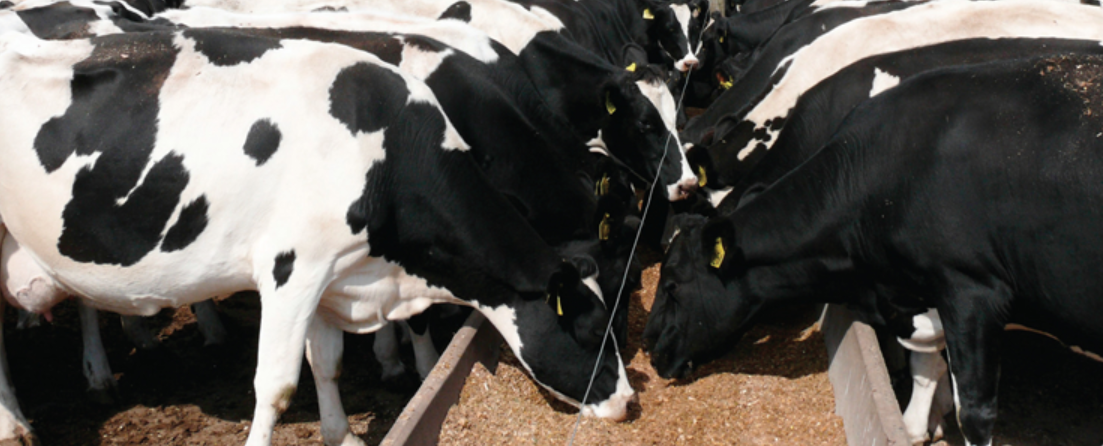Low input systems and stocking rates
What
A low input system is one where feed is not imported and no supplements are fed to herds except supplements harvested from the farm e.g., bailage and dry animals are not grazed off farm. The stocking rate is balanced with the feed production of the farm.

Image source: Pioneer.
Why
The intensification and production growth of New Zealand farming over recent decades has been achieved through huge increases in irrigation, fertiliser use, imported animal feed and energy use. This intensification is now known to come with a set of serious environmental issues. Adopting a low-input farming system will contribute to reducing these issues by reducing the amount of contamination in waterways. This will result in an improvement in the impact of nitrate and pathogen contamination from intensification on human and animal health. Farms that adopt low input systems and lower stocking rates can achieve the same outputs and if managed well even better outcomes than with higher stocking rates.
Read more about how the transition to a low input system was achieved at the Lincoln University Dairy Farm
Benefits from low input systems and low stocking rates
Opportunities to utilise and take advantage of the natural attributes of the land instead of importing feed and nutrients from off the farm.
Improved environmental outcomes – less nitrate in waterways.
Lifestyle improvement from reduced external input.
References